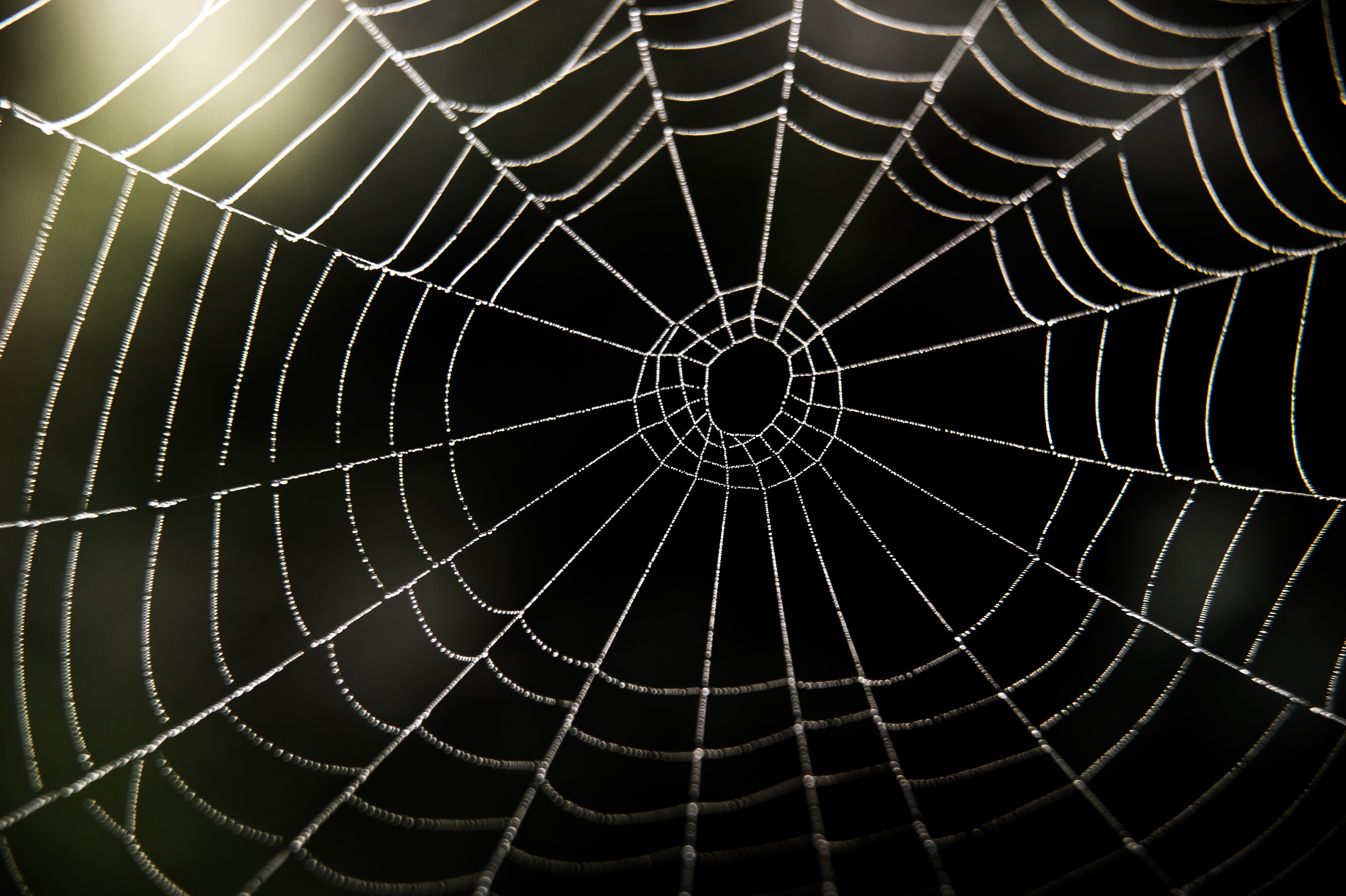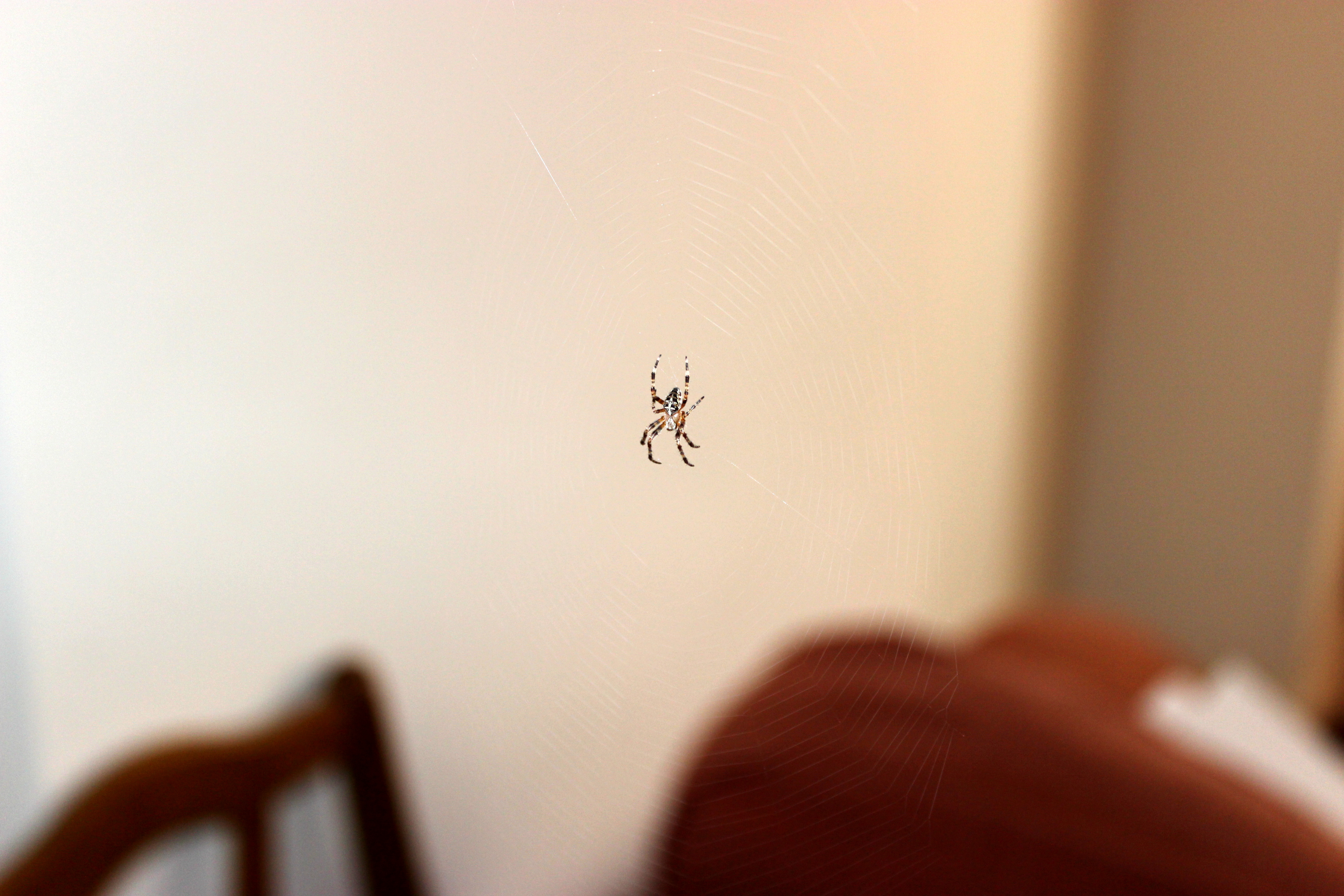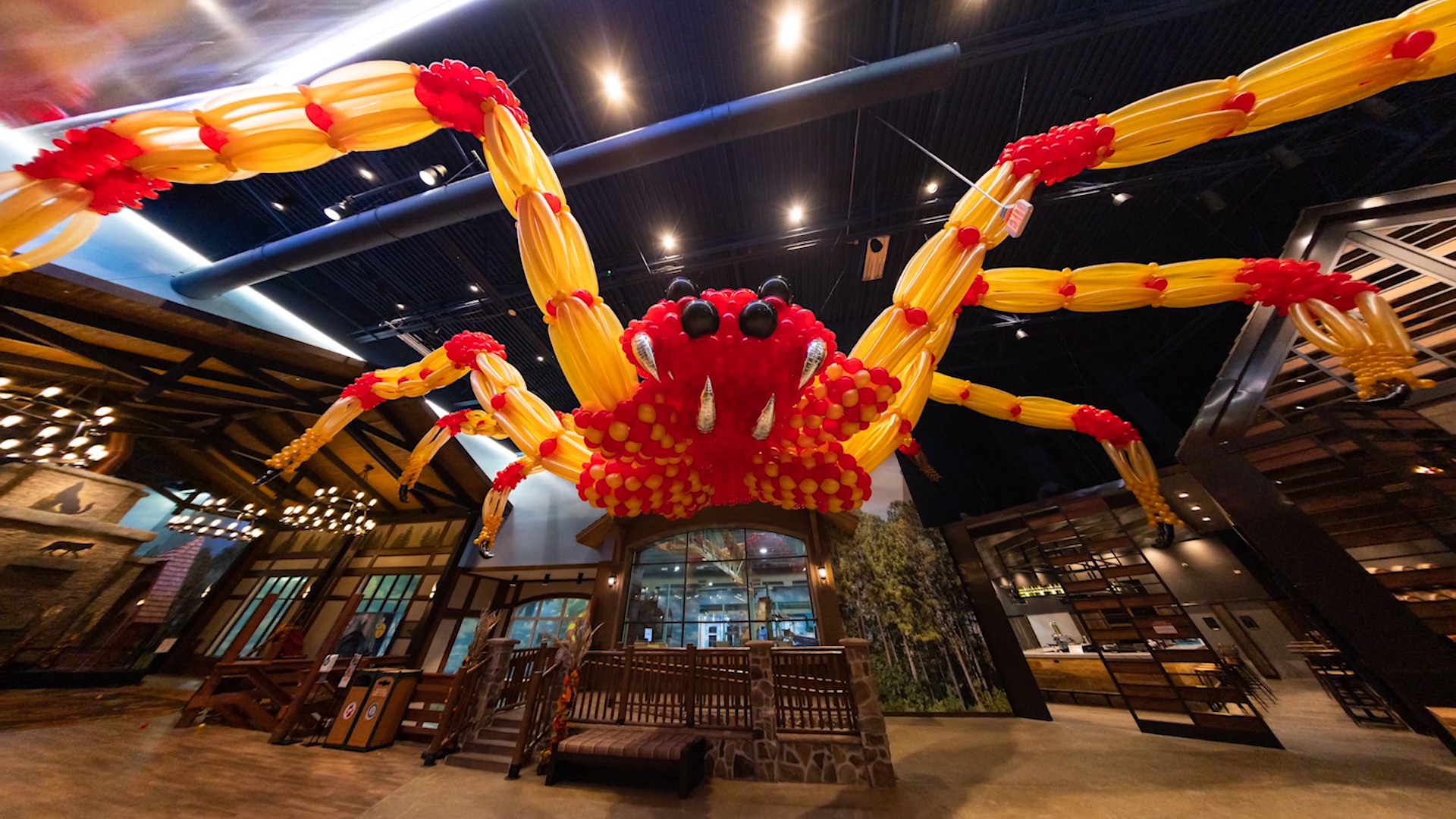Spooky season doesn't just mean giant, furry fake spiders on your lawn as Halloween decoration.
It also means real spiders, as well as other bugs, and even one or two rodents -- inside your home.
According to Doug Taron, curator of biology and vice president of research and conservation at the Peggy Notebaert Nature Museum, if you've noticed more eight-legged creatures than normal as temperatures cool down, you're not alone -- and it might not be such a bad thing.
"Spiders are very good at keeping down other pest insects that might be in your house," Taron told NBC Chicago. "And there are all kinds of insects that that will live in people's houses. And and so spiders are actually fairly good at helping keep those numbers down. I tend to leave them unless they're too conspicuous. Like the one that was right over my dining room table."
According to Taron most of the spiders that enter Chicago-area homes are "not dangerous or medically significant." But they aren't experts at keeping all pests away.
Three animals, Taron says, in the form of two kinds of insects and one rodent might begin invading homes in the Chicago area this fall, some of which could arrive in "fairly large numbers": Boxelders, multi-colored lady beetles and mice.
"Mice really try to go inside at this time of year," Taron said. "This is when a lot of people will notice that they have a mouse problem as the weather is getting cooler. And they are they're seeking, you know, shelter. And and in some cases, people provide them inadvertently food, too. So there's a lot to it for a mouse to like indoors at this time of year."
As for boxelders and multi-colored lady beetles, Taron said it may all just be confusion.
"They tend to overwinter by hibernating in cracks on cliffs or under bark on trees," Taron said. "So they're like these large, fairly flat vertical surfaces. And that's what they will seek out for hibernation. And of course, the walls of houses look a lot like that."
Feeling out of the loop? We'll catch you up on the Chicago news you need to know. Sign up for the weekly Chicago Catch-Up newsletter here.




